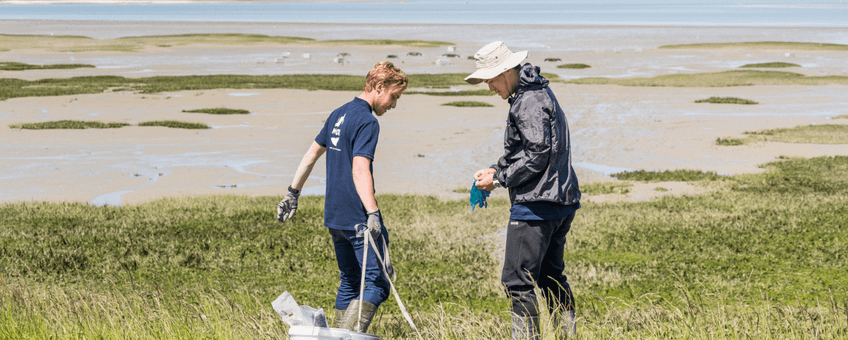
Shellfish on the run create unstable mudflats
NIOZ Royal Netherlands Institute for Sea Research"With the increase in heat waves, bottom-dwelling animals such as cockles will become much more mobile", Zhengquan says. "As a result, sediments will become more unstable and susceptible to being eroded during storms. This knowledge is important for water managers who, for example, want to use estuaries as additional coastal protection."
Moving shellfish
"Shellfish like the cockle may seem to live a very sessile life, but they can actually move up and down and back and forth quite a bit", Zhengquan says. "When it gets warmer, cockles will move downward in a dry soil. Conversely, if there is water on the bottom, they may come up for cooling, or move horizontally, escaping the heat."
Movement makes unstable
"Whereas on land the movement of bottom animals is considered as a good thing, in tidal areas it is different", the researcher says. "More movement of bottom animals means more instability of the sediment. With that, the bottom can also become more susceptible to being eroded during storms. And a stable tidal mudflat is needed for salt marshes to grow.”
Optimal temperature
By exposing cockles in the laboratory to different temperatures, Zhengquan discovered that there is an optimal temperature for these shellfish. "When it gets a little warmer, the shellfish may start moving more to avoid the heat. But above a certain temperature, more and more shells die. That means that during extreme heat waves, the disturbance of the soil by shellfish also becomes less and less, because the animals are dying."
Nature management
"All this knowledge is important for nature managers who want to use estuaries as coastal defense", Zhengquan says. "For a stable soil and growing mud flats, you need a certain composition of benthic animals, and you will also need to take into account how the future climate will affect the activity of these animals."
Text and photo: NIOZ
